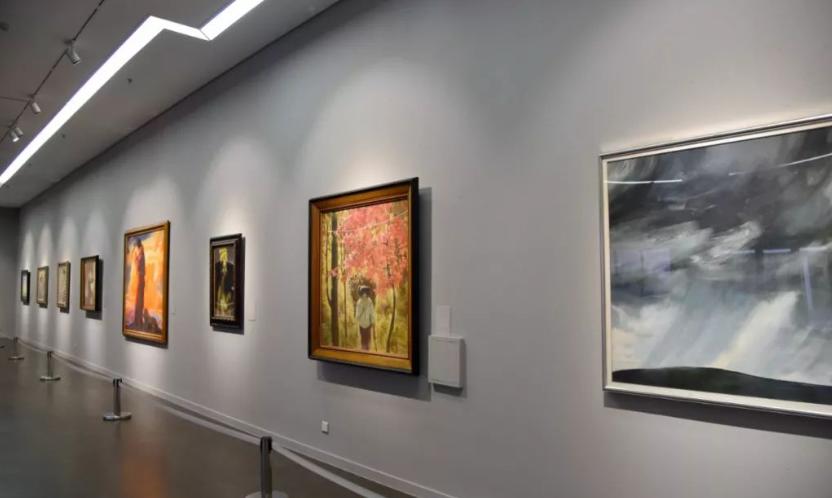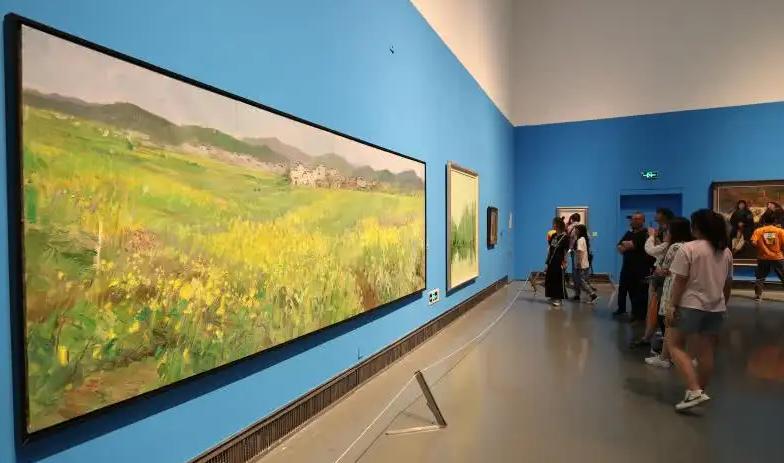1. To keep the work alive
The first responsibility of the museum is to preserve. The history of art preservation goes back more than 100 years. In the 20th century, Garry Thompson, a science consultant at the National Gallery in London, created what is regarded as an authoritative work on the subject, The Museum Environment. It is mentioned in the book that the radiation, illumination and exposure time of the light source are all important issues to be considered when lighting the exhibits.
There are two types of damage to artwork caused by light: thermal damage and damage caused by photochemical reactions.
Thermal damage is caused by red and ultraviolet rays in the light source. Infrared radiation causes localized thermal effects that change the relative humidity of the radiant, causing hygroscopic materials such as wood and animal skins to shrink, deform or crack. Some exhibits, such as textiles, paper, pigments, dyes and other organic materials, are photosensitive substances. Under the illumination of light, photochemical reactions will occur, causing pigment fading, white paper yellowing or even cracking.
Actinic damage cannot be recovered or altered by protective means, so it is important to prevent or reduce light-induced damage in art galleries. Therefore, the illuminance and exposure time in the museum should be limited according to the radiation sensitivity of the exhibits to light.
Note: Depending on the material, we can classify artworks into the following three categories: highly sensitive (textiles, watercolours, prints and drawings, etc.), moderately sensitive (oil and glue, woodwork and lacquer, etc.) and non-sensitive Sensitivity (metals, stoneware, glass and ceramics, etc.).
The recommended illuminance for museum lighting is 150lx, which refers to the lighting of moderately sensitive items; materials with weaker sensitivity can use higher illuminance to increase the contrast between it and the surrounding space, and 300lx is recommended as the upper limit of illuminance; for height For sensitive materials, 50lx should be used as the maximum illuminance, which requires careful balancing of exhibition lighting with ambient lighting, which should be weaker.


Post time: 05-31-2022
